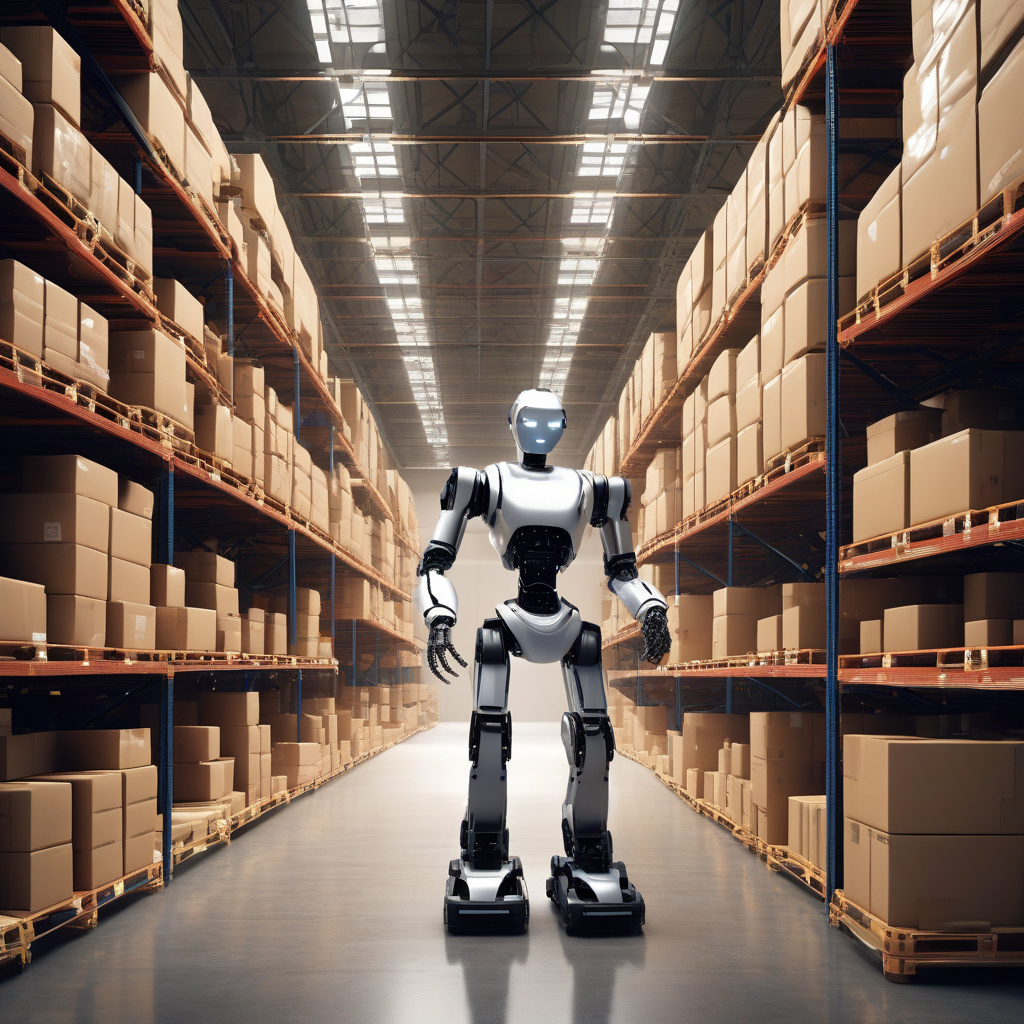GXO Logistics, Following Amazon’s Lead, Tests AI-Powered Humanoids in Warehouses
What happens when AI-powered humanoids step onto the warehouse floor? Logistics giant GXO Logistics is about to find out as it follows in the footsteps of industry leader Amazon by testing these cutting-edge technologies in its operations. With the rapid advancement of artificial intelligence and robotics, companies are constantly seeking innovative ways to streamline their processes, increase efficiency, and ultimately drive success in the competitive world of logistics.
By leveraging AI-powered humanoids in warehouses, companies like GXO and Amazon aim to revolutionize the way goods are picked, packed, and shipped. These humanoid robots are equipped with advanced capabilities that enable them to navigate complex warehouse environments, identify items with precision, and work collaboratively with human employees to fulfill orders in record time. The integration of AI technology into warehouse operations not only increases speed and accuracy but also reduces the risk of errors and enhances overall productivity.
One of the key advantages of using AI-powered humanoids in warehouses is their ability to adapt to changing demands and optimize workflows in real-time. These intelligent robots can analyze vast amounts of data, such as order volume, item location, and traffic patterns, to make informed decisions that improve operational efficiency. By automating repetitive tasks and allowing human workers to focus on more strategic activities, AI-powered humanoids have the potential to revolutionize the logistics industry and set new standards for performance and customer satisfaction.
Moreover, the implementation of AI-powered humanoids in warehouses can lead to significant cost savings for companies in the long run. By reducing the need for manual labor and minimizing errors in the order fulfillment process, businesses can lower operational expenses and allocate resources more effectively. Additionally, the use of robotics technology can enhance workplace safety by handling hazardous tasks and lifting heavy objects, thereby reducing the risk of accidents and injuries among warehouse employees.
While the adoption of AI-powered humanoids in warehouses presents exciting opportunities for innovation and growth, it also raises important questions about the future of work and the role of human workers in an increasingly automated environment. As companies like GXO and Amazon explore the potential of robotics technology, they must prioritize employee training and development to ensure a smooth transition and foster a culture of continuous learning and adaptation.
In conclusion, the testing of AI-powered humanoids in warehouses represents a bold step forward for GXO Logistics, following the trailblazing efforts of industry pioneer Amazon. By harnessing the power of artificial intelligence and robotics, companies can unlock new levels of efficiency, productivity, and competitiveness in the dynamic world of logistics. As technology continues to reshape the way we work and interact with machines, embracing innovation and embracing change will be key to staying ahead in the ever-evolving landscape of business and industry.
#AI, #Logistics, #Innovation, #WarehouseAutomation, #FutureOfWork












